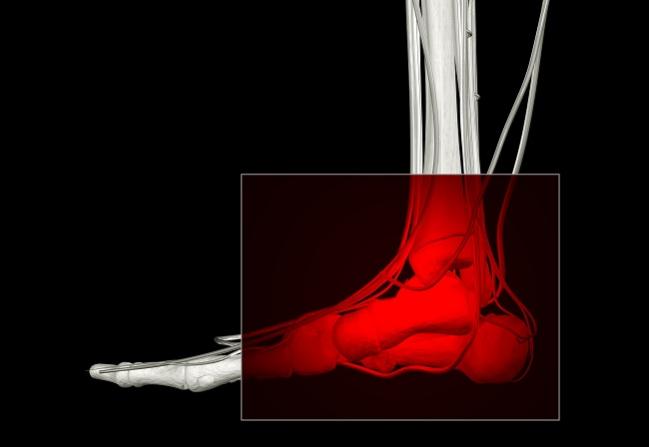Routine Screening of ABI to Identify PAD: Despite Guidelines, One Expert Asks Why Not?
Both the ACC/AHA and USPSTF have advised against widespread ABI testing, but a physician says the results can be used to maximize overall CV health.

HOLLYWOOD, FL—Despite the lack of support from clinical guidelines, the use of ankle-brachial index (ABI) to screen for peripheral artery disease could reap benefits, according to a talk yesterday at the International Symposium on Endovascular Therapy (ISET).
“People are not routinely doing this—not because it doesn’t work, not because it doesn’t have an effect, but [because of] the fact that federal organizations have strongly advised against it and it’s not reimbursed,” presenter Michael R. Jaff, DO (Newton-Wellesley Hospital, Boston, MA), told TCTMD. “And so if you do it just to help identify a population of patients at risk, you do it on your own.”
Right now, “the biggest barrier for practicing doctors is having a Doppler that actually works,” Jaff observed. “It’s another expense, and in times when money’s tight, people are wondering about the risk versus benefit from a cost standpoint.”
For Jaff, ABI meets the criteria for a reliable screening test. “It’s easy to do, inexpensive, quick, and reproducible,” he said. “It provides information in a mildly or moderately at-risk patient who’s asymptomatic that you wouldn’t [be able to identify] otherwise.”
Low ABI can be found in approximately 18% of Medicare patients and indicates the presence of PAD, which is a “coronary heart disease risk equivalent,” Jaff noted in his presentation. “Progressively lower ABI values indicate progressively increased vascular risk,” he said.
American College of Cardiology/American Heart Association guidelines say that ABI measurement is “reasonable” in patients at increased risk of PAD but without either history or physical examination findings suggestive of PAD. However, they specify that the test is “not recommended” in those who meet none of those standards.
In 2005, Jaff noted, the US Preventive Services Task Force (USPSTF) advised against routine screening of PAD, citing “fair evidence” that screening asymptomatic adults “could lead to some small degree of harm, including false-positive tests and unnecessary work-ups.” In 2013, the group updated its stance to “no recommendation,” concluding “that the evidence on screening for PAD with the ABI in asymptomatic adults with no known diagnosis of CVD or diabetes is insufficient and that the balance of benefits and harms therefore cannot be determined.”
Another concern motivating the USPSTF, Jaff said to TCTMD, is that further testing might lead to a costly intervention without any gain.
“I actually find that pretty insulting,” he commented. “I think doctors are smart enough to know that if they’re doing this in an asymptomatic patient, they’re doing it to optimize cardiovascular health. And so they’re going to start a statin at maximal doses if in fact the patient’s not on it, they’re going to add an antiplatelet agent. They’re going to be much more aggressive about blood pressure and diabetes control, and they’re going to talk about cigarette smoking. All those are important.”
Caitlin E. Cox is News Editor of TCTMD and Associate Director, Editorial Content at the Cardiovascular Research Foundation. She produces the…
Read Full BioSources
Jaff MO. Lower extremity screening for PAD: how, why and implications for systemic cardiovascular disease. Presented at: ISET 2017. February 5, 2017. Hollywood, FL.
Disclosures
- Jaff reports serving on the advisory boards of the American Orthotics/Prosthetics Association, Micell, Primacea, Valiant, and Volcano/Philips. He has equity or holds shares in Primacea (he is also the founder), Embolitech, PQ Bypass, Janacare, MC10, Northwind Medical, Sano V, and Vascular Therapies. He is a noncompensated advisor to Abbott Vascular, Boston Scientific, Cordis, and Medtronic. He has made presentations on behalf of Medscape.


Comments